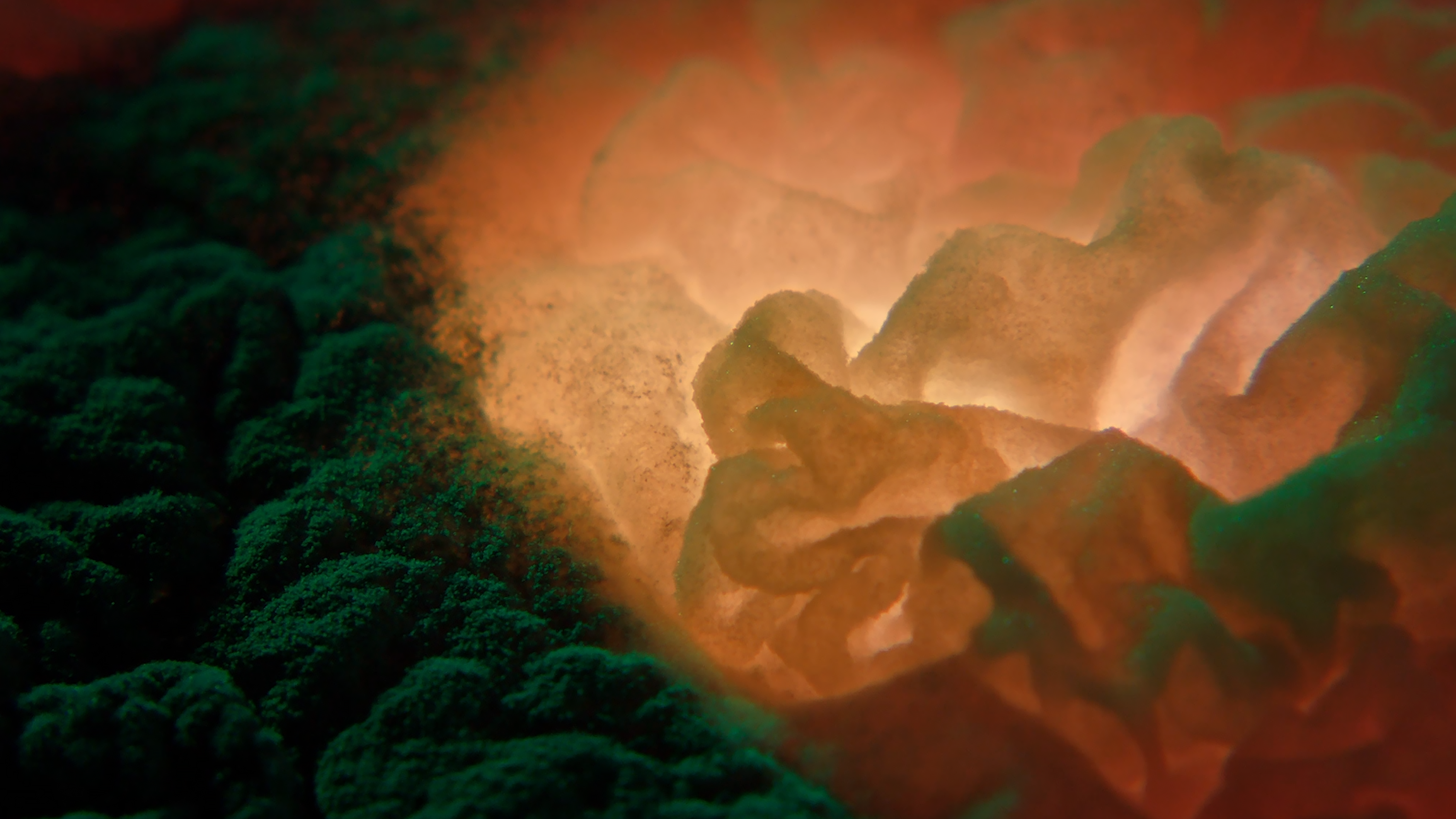Key Concepts
The industrial revolution was defined by huge factories. The biorevolution is defined by micro-factories: the combination of biology and modern technology lets us use natural microorganisms and processes such as fermentation as biosolutions. And we have known about them for thousands of years.
Biosolutions have held such prominence in our ways that they have long since lost their novelty. Fermentation and yeast have been used as the key processes in making beer, wine, cheese and bread. Enzymes make it possible to wash our clothes at low temperatures and bacteria are vital for our health, but also work for us in e.g. yoghurt.
When we speak of biosolutions, we refer to the use of living microorganisms, enzymes, bacteria cultures, yeast etc. which, through precision fermentation and bio-refinement, can address some of the most pressing global challenges. While they are not new discoveries, we continue to explore the field to allow us to maximize the benefits from the solutions that are already available to us, and from those we are yet to discover. And they are defined by a few key concepts.



